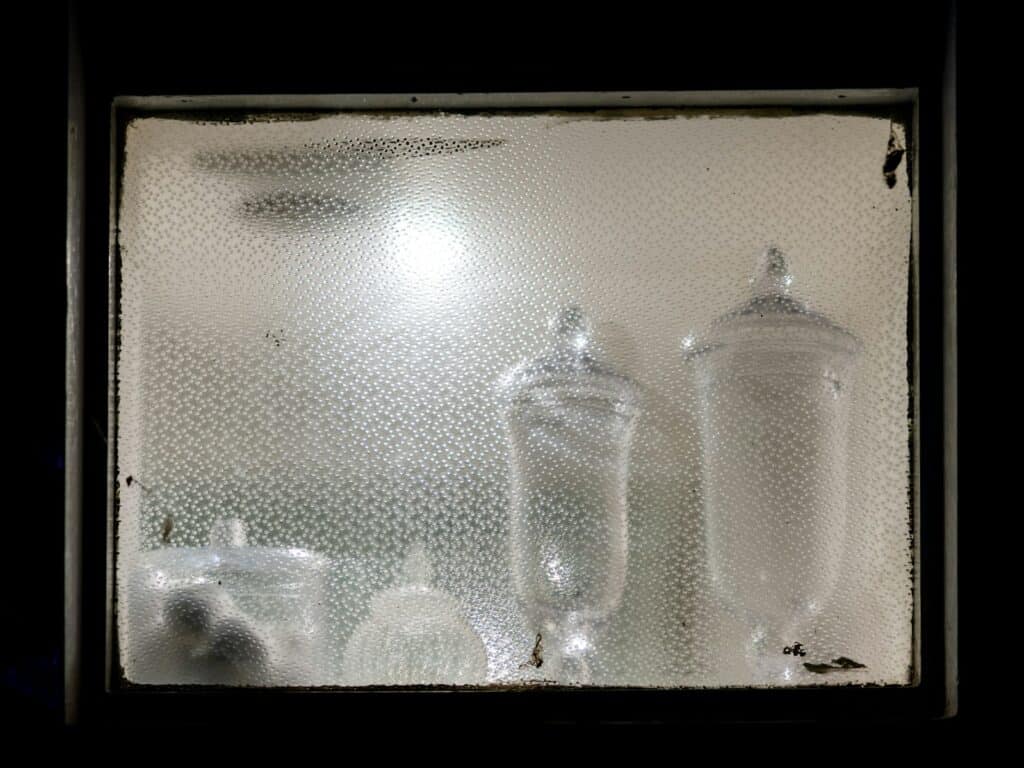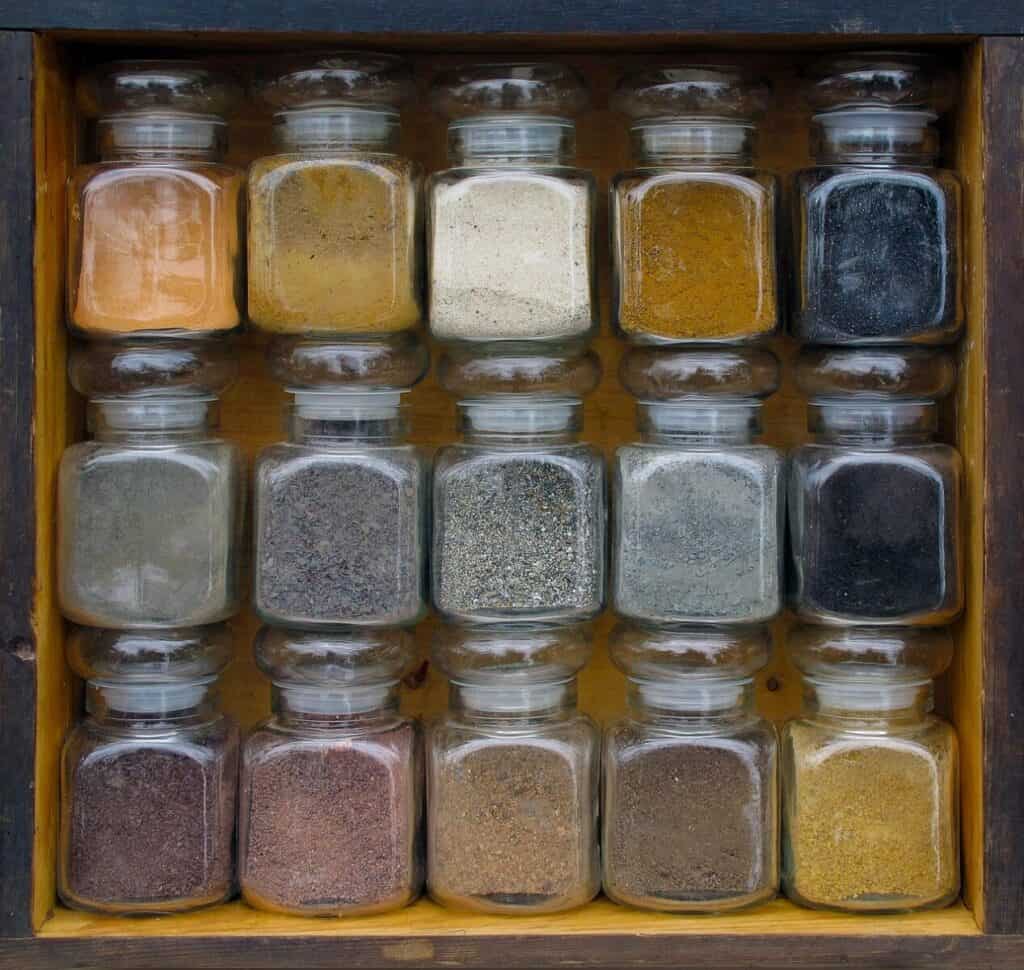Shelf Life Testing in Candy Production Lines: Principles and Methods
Why Shelf Life Testing Matters in Candy Manufacturing
In candy production lines, shelf life testing is more than just setting an expiration date—it is the science that ensures every piece of candy tastes fresh, looks appealing, and remains safe from the moment it leaves the factory until it reaches the consumer.
For candy producers, shelf life testing safeguards:
Consumer Safety: Prevents microbial contamination in gummies, jellies, and chocolates.
Product Quality & Brand Trust: Ensures consistent flavor, color, and texture across the entire storage period.
Regulatory Compliance: Supports accurate “Best Before” labeling under food safety laws (FDA, EU, GB standards).
Supply Chain Efficiency: Helps optimize packaging, storage, and distribution to minimize waste.
Why Candy Products Spoil: The Science of Degradation
Shelf life studies begin with identifying how candy fails over time. Unlike some foods, candy has high sugar concentration (natural preservative), but it still faces challenges:
1. Microbial Degradation
High-Risk Products: Gummies, caramels, marshmallows (due to water activity).
Water Activity (a_w):
Hard candies (a_w < 0.6) = low microbial risk.
Gummies (a_w ~0.75–0.85) = mold and yeast risk.
Critical Control: Adjust moisture and pH; use preservatives (e.g., sorbates) when necessary.
2. Chemical & Biochemical Degradation
Sugar Crystallization: Leads to gritty texture in fondants or caramels.
Oxidation of Fats: Chocolate fillings with nuts or dairy can turn rancid.
Maillard Reaction: Sugar + protein interactions in milk-based candies cause unwanted browning during storage.
3. Physical & Sensory Degradation
Moisture Migration:
Soft centers harden.
Crisp coatings lose crunch.
Color Bleeding: Layered candies or gummies discolor over time.
Texture Changes: Gummies toughen; chocolates bloom (fat/sugar crystallization).
Flavor Loss: Volatile compounds in fruity candies fade quickly.
Category-Specific Shelf Life Risks
| Candy Type | Primary Risks | Key Indicators to Monitor |
|---|---|---|
| Hard Candy / Lollipops | Moisture absorption, stickiness, color fading | Moisture content, packaging integrity, sensory evaluation |
| Chocolate & Filled Pralines | Fat bloom, oxidation, flavor loss | Fat stability, peroxide value, sensory panels |
| Gummies & Jellies | Mold growth, texture hardening | Water activity, microbial counts, texture analysis |
| Caramels & Fudge | Sugar crystallization, Maillard browning | Reducing sugar content, colorimetry, sensory tests |
Core Testing Methods for Candy Shelf Life

Real-Time Shelf Life Testing
How it Works: Store candies under normal warehouse/retail conditions (e.g., 20–25°C, 50–60% RH).
Use Case: Essential for final validation of “Best Before” dates.
Challenge in Candy: Requires long-term monitoring (often 12–18 months for chocolate).
Accelerated Shelf Life Testing (ASLT)
How it Works: Store candies at elevated conditions (e.g., 35–45°C, 70–75% RH).
Application: Predicts how quickly gummies lose chewiness or chocolates develop bloom.
Scientific Basis: Uses Arrhenius equation and Q10 principle to model degradation rates.
Example Rule of Thumb (Q10=2)
If chocolate lasts 12 months at 20°C, it may last ~6 months at 30°C and ~3 months at 40°C.
Designing a Robust Candy Shelf Life Study
Define Objective Clearly
Example: “To establish a 9-month shelf life for strawberry gummies in metallized PET pouches at 25°C/60% RH.”
Characterize Product & Packaging
Candy formula (sugar %, fat %, inclusions).
Packaging barrier properties (moisture/oxygen transmission rate).
Select Parameters & Failure Criteria
Microbial: Mold growth = failure.
Chemical: >10% loss of flavor compound = failure.
Physical: Texture hardness > threshold = failure.
Sensory: Panel score <5/9 = failure.
Define Storage Conditions & Sampling Plan
Real-time: 0, 3, 6, 9, 12 months.
Accelerated: Weekly/monthly intervals depending on stress condition.
Document Analytical Methods
Texture: Texture Analyzer (hardness, chewiness).
Moisture: Karl Fischer titration or water activity meter.
Oxidation: Peroxide value (AOCS method).
Microbiology: Plate counts (ISO 21527 for yeasts/molds).
Data Analysis & Prediction in Candy Studies
Visualization: Plot firmness increase in gummies or peroxide value in chocolate vs. time.
Kinetics:
Zero-order = constant rate (e.g., color fading).
First-order = concentration-dependent (e.g., fat oxidation).
Final Shelf Life Assignment: Determined by earliest failing parameter (e.g., sensory acceptability before microbial spoilage).
Safety Margin: If data shows 11 months, label 9–10 months for real-world variability.
Conclusion: Shelf Life as a Competitive Edge in Candy Production
Shelf life testing in candy manufacturing isn’t just compliance—it’s a quality promise. By combining scientific testing, accelerated modeling, and packaging optimization, producers can:
Deliver candies that taste fresh from factory to consumer.
Minimize waste and recalls.
Strengthen brand trust and global competitiveness.
For modern candy factories, shelf life isn’t just a number on a label—it’s the science that keeps sweetness safe.
- FDA – U.S. Food and Drug Administration https://www.fda.gov/
- ASTM International – Stability Testing Standards https://www.astm.org/
- ISO – International Organization for Standardization https://www.iso.org/
- AOAC International – Association of Official Analytical Chemists https://www.aoac.org/
- Institute of Food Technologists (IFT) https://www.ift.org/
- USDA – United States Department of Agriculture https://www.usda.gov/
- ICH – International Council for Harmonisation https://www.ich.org/
- United States Pharmacopeia (USP) https://www.usp.org/
- Codex Alimentarius (WHO/FAO) https://www.fao.org/fao-who-codexalimentarius/
- NIST – National Institute of Standards and Technology https://www.nist.gov/







